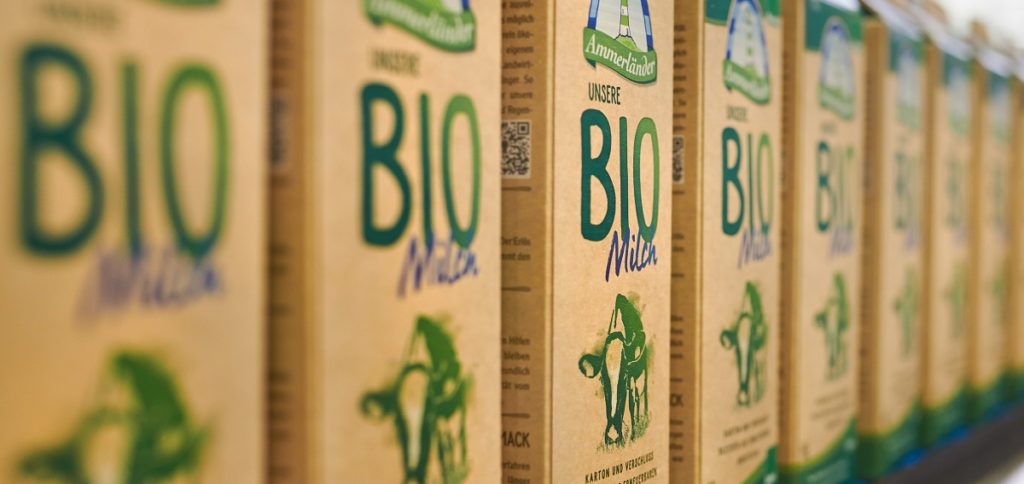Production batch size optimization

One of the current challenges for a dairy’s production manager is the increasingly small batch sizes of products during the production process. Markets are becoming more and more segmented which gives rise to highly desirable sales but simultaneously limits production volumes for quantities to be sold. Specifically, this means that all production, excluding cheese production, runs last for less than an entire day. In extreme cases, production must be switched every 20 minutes, which greatly reduces efficiency. Qualified batch size optimization is therefore relevant to every production manager.
The decision-makers at dairy companies are not completely helpless when it comes to this situation. They should regularly carry out batch size optimization. More simply put, they should review production batch sizes to check for monetary savings potential, releasable production capacities, and potential for reducing inventory. To make a truly qualified decision, the production manager and planers need numbers. Only when they know all the effects of batch size optimization, including all operational restrictions and all relevant cost positions, can they initiate and achieve meaningful changes in production.
Classic batch size determination
One starting point could be the classic batch size model according to Andler. This takes into consideration the two main sources of costs – the inventory storage costs for the item produced and the setup costs. The optimum batch size is determined by the intersection of setup and inventory costs. Assuming constant consumption, it provides a total cost minimum for production. This classic batch size model is only a theoretical starting point. In practice, batch size optimization often requires that other relevant cost positions are identified and integrated in the calculation model.
One example is that if the warehouse is full, costs for an external warehouse must be taken into account. For the dairy industry, the situation is exacerbated by the fact that most of its products are perishable. The products must reach the retail stores’ refrigerated shelves with an adequate remaining period that was coordinated with the retailer. This means that batch size optimization cannot be carried out across the board, but always has to be customized for the individual production system.
India is the world’s largest producer of milk. More than 150 million tons of milk come from India each year, more than any other country in the world. Even the European Union (EU) produces just over 10 million tons more each year. According to the UNO Food and Agriculture Organization FAO, India will surpass the EU by 2025.
Push-pull supply chain management in the dairy industry

The dairy industry has a push-pull supply chain in which a contractual quantity of milk to be purchased (push) must be balanced with customer demand for end products (pull). For the co-product of “milk”, this is considered separately for the two main components of “fat” and “protein”. As a rule, if these quantities exceed the respective customer demand, buffer items with a longer shelf life date (MSLD) are produced. The Düsseldorf-based consulting firm HÖVELER HOLZMANN CONSULTING GmbH recommends that these production quantities, which are not allocated to current customer demand, should be taken into account when calculating the optimum batch sizes. Interestingly, the reverse can also happen. If the intake of raw material is too low to meet demand, additional raw material must be procured. In this situation, the additional costs should likewise be included in batch size determination.
The subject of batch size optimization is therefore extremely complex. According to the consulting company, however, cost advantages of up to six figures can be achieved, depending on the company. There are similar challenges facing other segments of the beverage industry. At drinktec 2021, the world’s leading trade fair for the beverage and liquid food industry, visitors will learn about valuable findings from many industrial sectors that can be profitably implemented in their own businesses. So be sure to plan your visit to the next drinktec, taking place from September 12 to 16, 2022, at Messe München. Are you still looking for a platform to introduce your innovation to the beverage industry? Then reserve your booth space now at drinktec 2022.
